Here's One Way to Bypass Traffic Jams in Russia
Sometimes I wish I was the President of the United States. Sure, I might have to be extremely vigilant about what I say in public (“I’m more of a Chevy guy than a Ford guy”), have to give up a good portion of my privacy (Really? You want to see how terrible I am at golf?), cannot drive a car (Great, now I need to learn how to use a trickle charger), and deal with a group of people hell-bent on obstructing my policy. (So you think my plan for requiring a minimum internet speed 100 Mbps is horrendous? Horrendous HOW?)
However, there are benefits to being the head of state. I’d get to live in a large house. My office would be in that house. I’d have a personal gym and my own swimming pool. I would have a chef. I’d have a fleet of airplanes at my disposal. I wouldn’t have to answer my own phone or carry a smartphone. More importantly, I’d never have to sit on the line with customer service of any company. There would be access to a vacation home. I could get reservations at almost any restaurant. I could find out what really happens at Area 51.
But the most important thing to me about being the head of state is I wouldn’t need to deal with traffic. And it’s not just because I’d have dedicated chauffeurs and access to helicopters. Roads are blocked off so that the President can travel to destinations quickly, regardless of the time of day. Being President of the United States (or Prime Minister of Canada), means I can transcend the impediment to daily life that is a traffic jam.
Though traffic where I live (the San Francisco Bay Area) can get pretty terrible, it’s not as bad as Beijing, where a traffic jam into the city was 100 kilometers long, São Paulo, where the city becomes a parking lot on Friday nights, or even Nairobi, where the Kenyan government estimates more than $500,000 a day is lost in productivity due to traffic. But today’s example is Moscow, Russia, where people have developed coping mechanisms, some adorable and some disagreeable. Since I need to make this feature interesting, I’m focusing on the objectionable method.
Most of us are familiar with the ways of Russian roads and Russian drivers. Go on YouTube, and you’ll see thousands of dash cam videos people driving in the opposite lane, bypassing other cars on the shoulder, forcing other cars off the road, shooting at other cars so they get off the road, and trying to pass between gaps much narrower than the car. In fact, it’s gotten so bad in Russia that even Vice, Yahoo! News, and even Maxim all have a story on “ Stop a Douchebag,” a vigilante group stopping from people driving on sidewalks to avoid traffic. “Stop a Douchebag” is only the latest group trying to do something about Russian traffic scofflaws. Many of videos take place on rural roads and towns much smaller than Moscow, so we can only imagine what happens on the roads of the large cities that the dash cameras don’t catch.
At least in America for people to bypass traffic, there are high-occupancy vehicle lanes that can also be used by electric, CNG, or plug-in hybrid cars. This has led to situations in Northern California where the HOV lane can be among the slowest lanes on the highway due to the numerous electric vehicles that all need to take the same exit. Unfortunately, Russia doesn’t have such a concept as a) Russia is among the world’s largest oil producers and refiners, which leads to cheap gas and largely negates electric vehicle ownership and b) single-driver cars would drive in the high-occupancy lanes anyway.
The Russian elite have their own solution for dealing with traffic. In Russia, if you’re truly powerful, you get a flashing blue light on your car, called the migalka. It signifies importance, meaning normal cars have to move out of your way and that migalka-equipped cars can get away with driving on the shoulder (or even sidewalks!) to bypass traffic. As you might expect, that blue light on your car confers a status symbol, distinguishing their passengers from all the other motorists. For instance, when the New Yorker was profiling the head of Russia’s largest state-controlled television network, the magazine took special notice of his migalka as a symbol of his status in the country. When an Oscar-winning film director lost his migalka, it was actual news, meaning he had lost influence in the government. (In the meantime, Russians were wondering why he had the benefit in the first place.)
Imagine if something like the migalka was introduced in the United States (or Canada, being inclusive here). Americans wouldn’t like that Jay-Z and Beyoncé could leave their house late, yet bypass Los Angeles traffic just to be on time for the Grammys. The CEO of Coca-Cola would accomplish the impossible in Atlanta and get to work from Buckhead in 15 minutes during rush hour. The chairman of Comcast could get to work faster than I could download an episode of Top Gear using the connection provided by his company. And if someone in traffic didn’t get out of the way, there would be some law against “impeding pathway of essential person” for which the sentence would be a $10,000 fine and 10 days in jail.
However, since this is Russia and people are willing to do anything to get ahead of the car in front of them, there are many abuses with that blue light. The staff or family of politicians eligible for the migalka will drive the cars with the light on, regardless of whether the politician is in the vehicle or not. Wealthy businesspeople and celebrities can get the migalka from the state if they know and pay the right people. This has led to many accidents involving cars equipped with the migalka.
It’s gotten so bad that a few years back, an organization called the “ Society of Blue Buckets” was established way before the “Stop a Douchebag” videos took over the recent news cycle. Members put a small blue bucket on top of their vehicles where the migalka would normally be in protest of people abusing the migalka privileges. Surprisingly, even though the show of solidarity is entirely peaceful, Russian law enforcement actually charged several people who put blue buckets on the roof on their cars. To promote their cause, the group even tried hiring an advertising agency, but none of the agencies they met with wished to take part, because the firms didn’t wish to cross the government.
At the moment, these news stories about migalka abuses aren’t as prevalent as three or four years ago. That’s because the Russian government did crack down on the number of people allowed to have the blue lights. Nevertheless, abuses can still take place, albeit on a much smaller scale due to the crackdown on migalkas, in the form of staff, family, or friends of migalka-authorized VIPs “borrowing” the migalka-equipped cars and dealing with traffic as if the important person was on board. Nonetheless, the misuse of the blue light is nowhere near as prevalent as it was three to four years ago, when the issue appeared in newspapers and websites across the world.
All in all, the migalka is something I’m thankful isn’t prevalent in the United States (or Canada, being inclusive here). Imagine the amount of road rage that would occur between people with guns. Imagine the amount of people attempting triple-digit speed in rush hour while applying make-up. Imagine the increased amount of accidents and the increased insurance rates. Imagine Congress trying to defend the exemption to the country.
I guess my only option now to avoid traffic is becoming President of the United States (since I can’t become Prime Minister of Canada). It’s time to start looking forward to faster internet connections.
Satish Kondapavulur is a writer for Clunkerture, where about a fifth of the articles are about old cars and where his one-time LeMons racing dreams came to an end, once he realized it was impossible to run a Ferrari Mondial. He now needs to write a stump speech. He would also raise the speed limit on the highways if he was leading the country.
More by Satish Kondapavulur
Latest Car Reviews
Read moreLatest Product Reviews
Read moreRecent Comments
- Ajla A union fight? How retro 😎
- Analoggrotto Finally, some real entertainment: the Communists versus the MAGAs. FIGHT!
- Kjhkjlhkjhkljh kljhjkhjklhkjh *IF* i was buying a kia.. (better than a dodge from personal experience) .. it would be this Google > xoavzFHyIQYShould lead to a 2025 Ioniq 5 N pre-REVIEW by Jason Cammisa
- Analoggrotto Does anyone seriously listen to this?
- Thomas Same here....but keep in mind that EVs are already much more efficient than ICE vehicles. They need to catch up in all the other areas you mentioned.
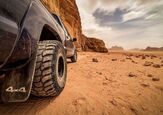















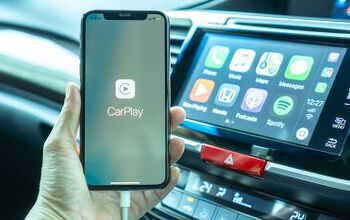


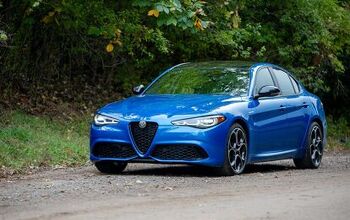
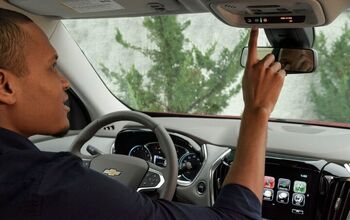


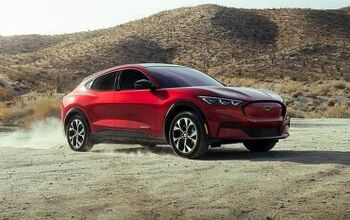
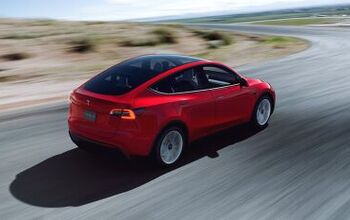



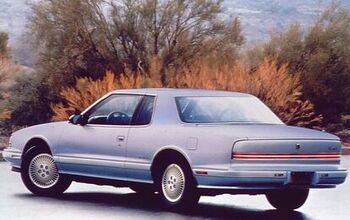

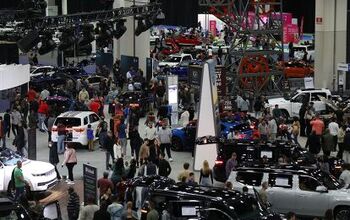



Comments
Join the conversation
I have a personal experience of driving in Russia and particularly in Moscow. First - sidewalks are not for pedestrians (in Moscow at least) - it is just an emergency lane which pedestrians can also use if there is no traffic, which well - never. Then on traffic light the biggest and baddest car has a right of way. You need some cash to bribe police when they stop your car for the "violation" which is couple of times during the trip. You also have to let mean looking cars to pass you, if you want to come back home alive. You have to plan to spend night in the car if some bad accident happens or road is blocked for any reason. Considering General Frost and experience of German troops you should always have a plan B in case if you stuck on the road over night and it is -30C to -40C outside. BTW Americans are considered in other countries (like Russia, Italy and etc) as being "stupid" because they follow the laws. I remember one Israeli engineer who came to Silicon Valley to attend the meeting who was admiring American drivers for not driving on the shoulders during stop and go traffic. He could not understand why they follow the rules if there is no police in sight. I got impression that in Israel it is considered totally acceptable, just like in Russia.
There are lot of Russians in Israel anyway.